Overview
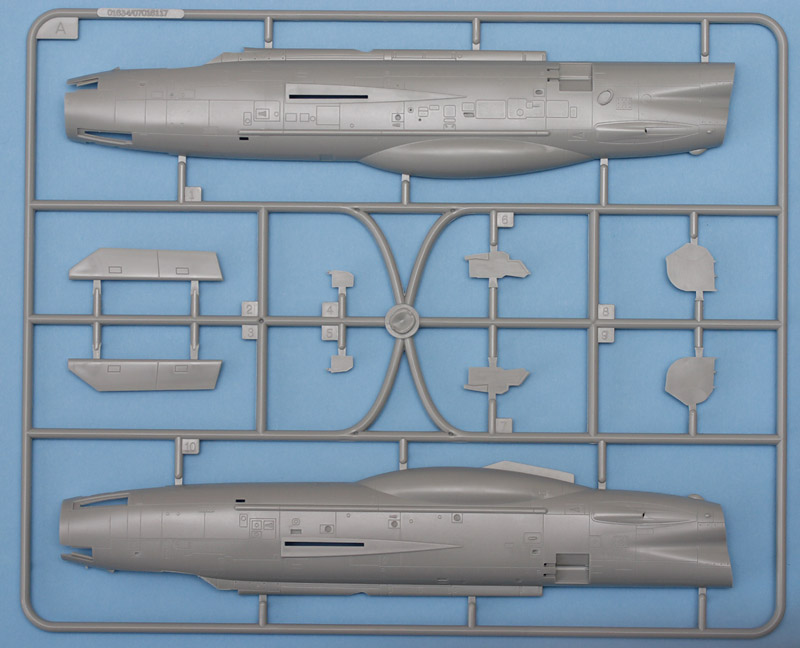 The progression of British jet fighters was a gradual one, moving from the Vampire and Meteor into the Hunter, learning at each step, until arriving at Britain’s first supersonic fighter, the Lightning. In terms of performance, the Lightning was an incredible aircraft for its day, being the first aircraft capable of supercruise, and even today could give many aircraft a run for their money in terms of maneuverability. Electronically, though, the Lightning was less than optimal, proving inferior to the F-102, which was developed at roughly the same time. Still, the Lightning was an impressive fighter and formed the backbone of the RAF for decades.
The progression of British jet fighters was a gradual one, moving from the Vampire and Meteor into the Hunter, learning at each step, until arriving at Britain’s first supersonic fighter, the Lightning. In terms of performance, the Lightning was an incredible aircraft for its day, being the first aircraft capable of supercruise, and even today could give many aircraft a run for their money in terms of maneuverability. Electronically, though, the Lightning was less than optimal, proving inferior to the F-102, which was developed at roughly the same time. Still, the Lightning was an impressive fighter and formed the backbone of the RAF for decades.
The Kit
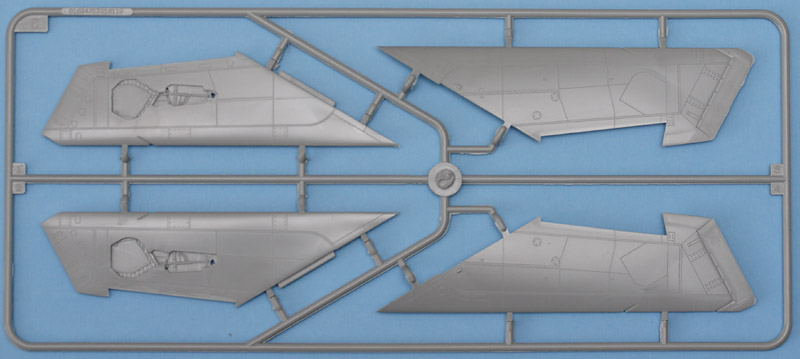 Given its impressive performance and popularity on the air show circuit, it is surprising that we have not seen more 1/72 Lightning kits. All of the previous 1/72 kits have had their various problems, though, which makes the Trumpeter kit all the more welcome. Molded in light gray and clear plastic, this kit features finely recessed panel lines, a decent cockpit, open airbrakes and dropped flaps, and a nice decal sheet with three options.
Given its impressive performance and popularity on the air show circuit, it is surprising that we have not seen more 1/72 Lightning kits. All of the previous 1/72 kits have had their various problems, though, which makes the Trumpeter kit all the more welcome. Molded in light gray and clear plastic, this kit features finely recessed panel lines, a decent cockpit, open airbrakes and dropped flaps, and a nice decal sheet with three options.
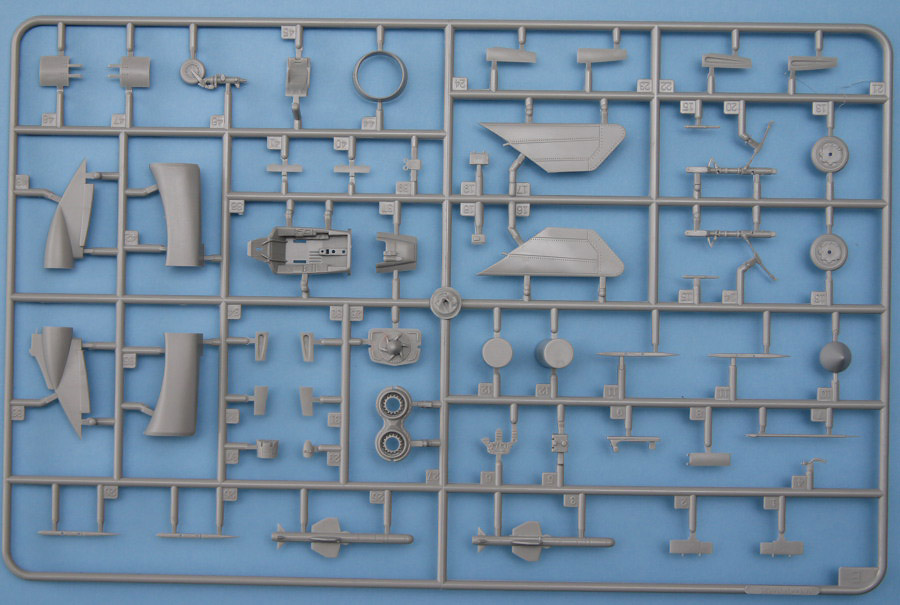 Starting with the cockpit, this will build up to a very decent office out of the box, more than adequate for those building their kit with the canopy closed. The seat is made up from three pieces, while the tub itself has sidewall detailing and rear bulkhead detailing. The instrument panel, control column, and coaming are separate. For those wanting an open canopy, a simple resin seat with seatbelts would be about all you would need (although those wanting more detail can get that with full resin replacements). Also fitting into the fuselage is the nose intake assembly, which incorporates ducting, the shock cone, and the nose wheel well.
Starting with the cockpit, this will build up to a very decent office out of the box, more than adequate for those building their kit with the canopy closed. The seat is made up from three pieces, while the tub itself has sidewall detailing and rear bulkhead detailing. The instrument panel, control column, and coaming are separate. For those wanting an open canopy, a simple resin seat with seatbelts would be about all you would need (although those wanting more detail can get that with full resin replacements). Also fitting into the fuselage is the nose intake assembly, which incorporates ducting, the shock cone, and the nose wheel well.
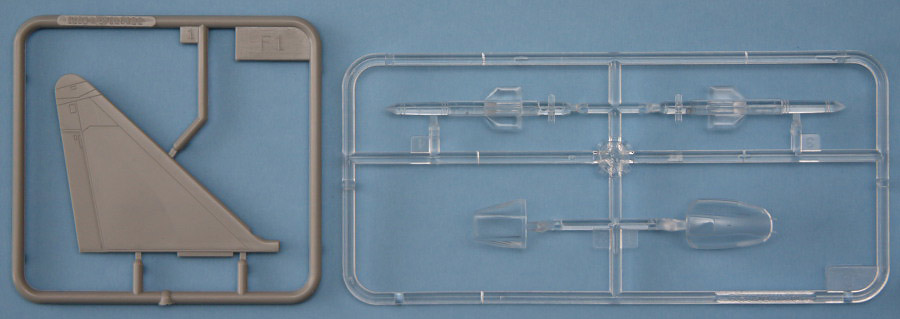 With the fuselage together, the assembly becomes very straightforward. The wings have a very good fit, and with care one could paint the model with the wings off. That could make finishing quite a bit simpler, as you would not have to mask around the wing. The stabilizers are likewise a piece that could be left off, pegged at the natural pivot point. The vertical fin is separate, logically, to allow the other variants to be made from as few molds as possible. A separate nose ring helps avoid those difficult seams on the inside of the intake. The exhausts are suitably deep, with a separate piece for the rear fuselage.
With the fuselage together, the assembly becomes very straightforward. The wings have a very good fit, and with care one could paint the model with the wings off. That could make finishing quite a bit simpler, as you would not have to mask around the wing. The stabilizers are likewise a piece that could be left off, pegged at the natural pivot point. The vertical fin is separate, logically, to allow the other variants to be made from as few molds as possible. A separate nose ring helps avoid those difficult seams on the inside of the intake. The exhausts are suitably deep, with a separate piece for the rear fuselage.
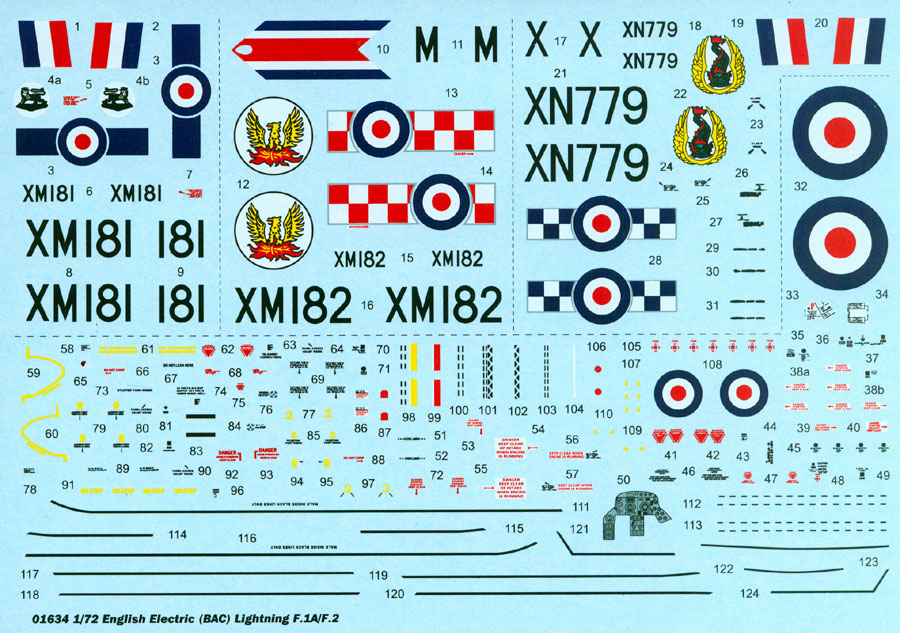 For markings, all three options are overall natural metal (as indeed nearly all of the early F.1A/F.2 Lightnings were). The full-color marking instruction sheet illustrates the three options, which include 226 OCU, 56 Squadron, and 19 Squadron. The decals are decent, although some of the smaller details are soft. The markings for the 56 Squadron aircraft are not complete, as the instructions do not show the red wing leading edges found on the Firebird Lightnings.
For markings, all three options are overall natural metal (as indeed nearly all of the early F.1A/F.2 Lightnings were). The full-color marking instruction sheet illustrates the three options, which include 226 OCU, 56 Squadron, and 19 Squadron. The decals are decent, although some of the smaller details are soft. The markings for the 56 Squadron aircraft are not complete, as the instructions do not show the red wing leading edges found on the Firebird Lightnings.
Conclusion
Overall, this is an outstanding kit of the Lightning, and one that will become quite popular with the 1/72 crowd. Here’s hoping that Trumpeter will come out with a two-seater variant down the road. My thanks to Stevens International for the review sample.